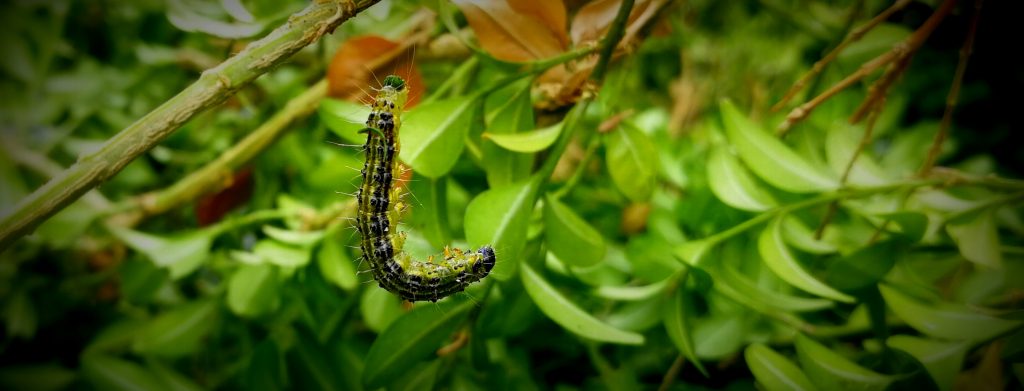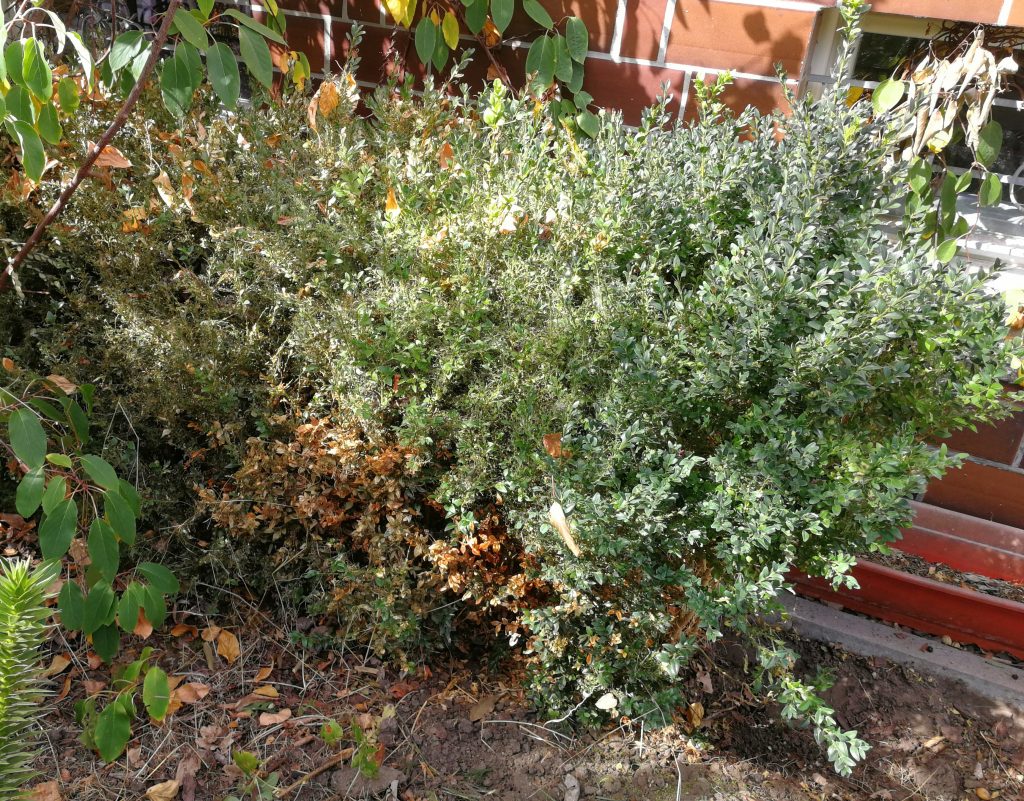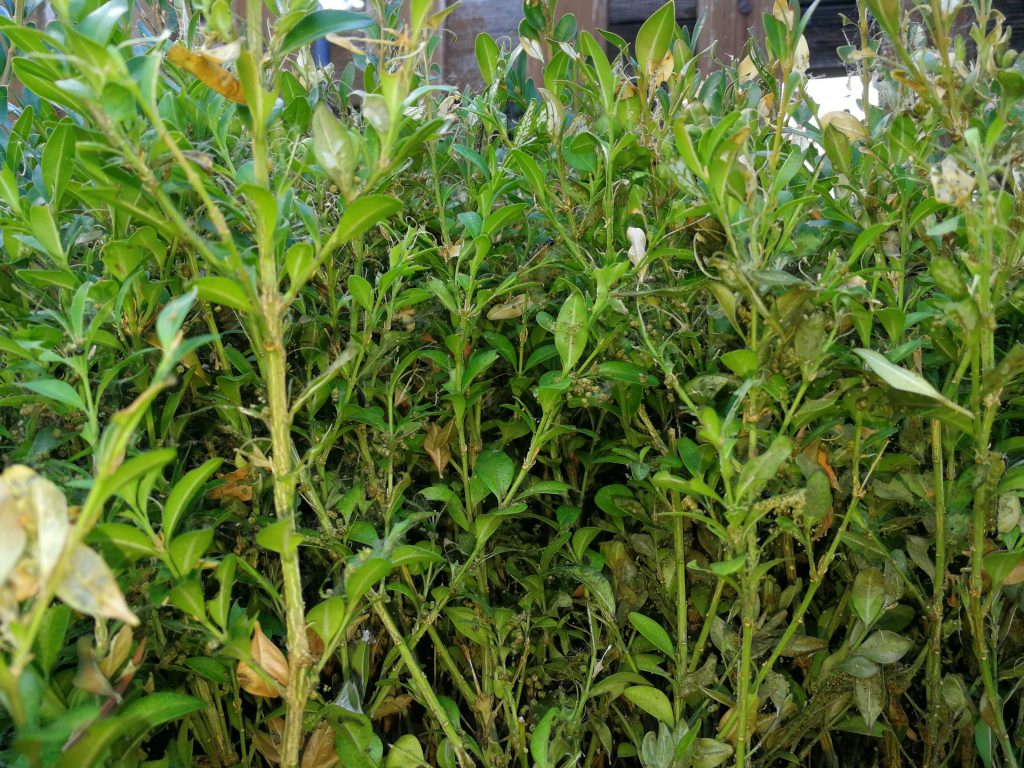The so-called box tree moth is a butterfly that originally comes from Asia. In Germany, it is particularly unpopular with garden owners and plant breeders because it poses a serious threat to the native flora.
The box tree moth – an insect with many facets
The East Asian small butterfly has only been living in Europe since the middle of the 21st century, after being introduced by ship from Asia through the import of food and plants. Especially in the caterpillar stage, the outwardly rather inconspicuous insect can cause great damage to box trees - hence the name of the animal.
The caterpillars are up to five centimeters long and have a yellow-green color. Some specimens are dark green. They have black and white stripes and conspicuous white spots from which thick, light-colored bristles grow. The head of the caterpillars is white. Adult box tree moths reach a maximum wingspan of 45 millimeters. The front part of a box tree moth is usually white with a brown border around the edges. Approximately in the middle of the body there is a bright spot in the shape of a crescent.
The distribution of the box tree moth
The box tree moth originally comes from Japan, China, India and Korea. Due to international trade, however, he now also lives in numerous European countries such as France, Holland and Austria. He was first seen in Germany in 2006. The box tree moth has also been spreading rapidly in neighboring Switzerland since 2012.
Habitat of the Lesser Butterfly
The box tree moth likes to sit on the smooth underside of various types of leaves. As a rule, however, these plants are not box trees. Since the box tree moth is not only a very skilled flyer, but also a particularly fast one, natural predators find it difficult to catch the small butterfly - just like humans. Female box tree moths only live for around eight days and during this short lifespan they look very specifically for box trees in which they can lay their eggs.
Well protected, the small caterpillars that develop as a result of this oviposition hibernate between leaves and in fine cracks in the bark. They build special hiding places from these leaves by gluing the plants together and shaping them accordingly. A very specific ability of the caterpillars is particularly useful for this: they can produce fine threads. If there is a need for a quick escape, the animals simply lower themselves towards the ground on these threads.
The green caterpillars go through six, sometimes even seven different stages of development before they finally pupate. During this phase they become more and more similar in appearance to the adult box tree moth - until they finally become butterflies. Pupation usually takes place between March and April. Exactly at this time the box tree moth causes the dreaded defoliation of the box trees.
How poisonous is the box tree moth really?
It is now known that the box tree moth draws at least 70 different toxins from the box trees during its existence as a larva. Due to these toxins, the small animals become unattractive to predators and are therefore spared. Exceptions, however, confirm the rule here as well: It happens now and then that native songbirds feed the poisonous caterpillars to their young or eat the caterpillars themselves.
How can the box tree moth be combated effectively?
Prevention is particularly important in this case. From March at the latest, the box trees should be checked for infestation by the box tree moth. In addition, special sprays can be used - but these should be used as soon as possible and with sufficient pressure. Effective preparations are available in every well-stocked specialist market for agriculture or in shops for garden supplies. The substances thiacloprid and acetamiprid are used particularly frequently. Pheromone or light traps also help effectively against infestation by the box tree moth. In addition, garden owners can use a high-pressure jet to get the butterfly off the trees.
I only saw this way out. He was everywhere. 🙁















